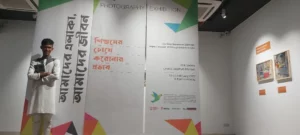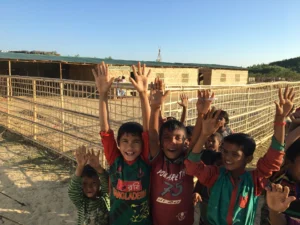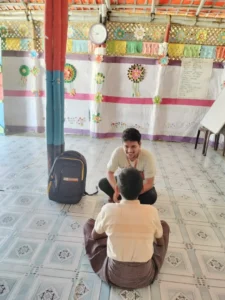Climate Change and Sports for Protection
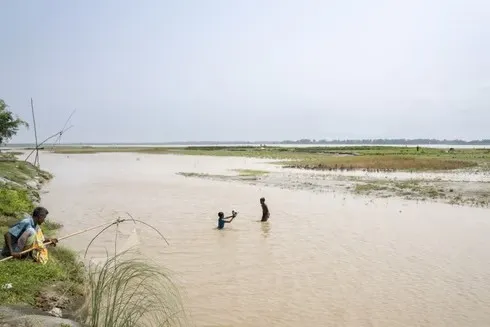
Our Sports for Protection methodology is currently aiding children and youth at risk of climate change in Satkhira, Kurigram, and Dhaka. The program aims to improve the physical and mental health of these young displaced people and give them the keys to acquiring skills.

In Kurigram, everyone is strongly affected by climate change. Many families live on ‘chars’, precarious alluvial islands formed from sand and silt deposited by the surrounding rivers. From June onwards, the floods arrive, and everything can disappear in a matter of days or even hours.
Additionally, the riverbank erosion and flash floods in Kurigram, along with waterlogging and cold waves in both Kurigram and Dhaka, have extended the living difficulties to the vulnerable population and pushed the residents to become climate migrants. While in Satkhira, residents are highly vulnerable to climatic stressors such as rising sea levels, salinity intrusion, cyclones, and waterlogging. Frequent storms and tidal surges exacerbate coastal erosion and damage livelihoods, particularly for agriculture and fisheries.
The increasing salinity of soil and water sources threatens food security and drinking water availability, making climate adaptation a critical challenge for local communities.
In these often dramatic circumstances involving migration and forced displacement, sport is not only a life-saving tool for learning and cohesion but also one of the only ways of psychologically coping with immediate or future dangers, which are unfortunately rarely foreseeable.
- Capacity Development:
- Safe Sports
- MHPSS Engagement
- Child Protection and Safeguarding
- Stakeholder Linkage
Playing a team sport when you’re a girl is no mean feat. It was not easy for Jamiya to convince her husband, who is much older than her, and her in-laws to let her play outside. Traditions weigh heavily here, such as the early marriage of children, and the elders always have their say.
“At first, it was difficult to get my family’s permission,” she says.
Jamiya can’t thank the community worker who came to her house to convince her family to let her play enough.

“Now we have the freedom to play in open fields like boys, and we can enjoy playing in a well-managed and safe environment.”
It’s true that Jamiya has her hands full with her 3-year-old daughter, her studies, the housework she shares with her mother-in-law, and her involvement in the handball and training sessions organised by Terre des hommes. It is also not easy for a young girl married at 16 to continue her studies.
“My in-laws were afraid to let me go to university because they were afraid it would take me away from my family responsibilities. But I managed to explain to them the importance of education. I insisted that it would allow me to contribute to the financial stability of our family.”
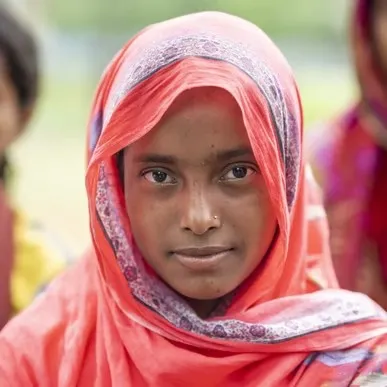
Thanks to the support of her parents and husband, Jamiya has been admitted to the university and is able to attend handball sessions, which are scheduled in advance to fit in with her schedule. On the handball court, the players’ shalwar-kameez forms bright, multicoloured flashes, constantly in motion. On top of their traditional outfits, they are wearing the team’s fluorescent yellow jerseys, dotted with red and grey lines. The equipment, supplied by Terre des hommes, sets them apart and unites them at the same time. Perfectly recognisable, it reflects the spirit of freedom that they come to exchange and seize on a daily basis. Like a balloon filled with hope.

